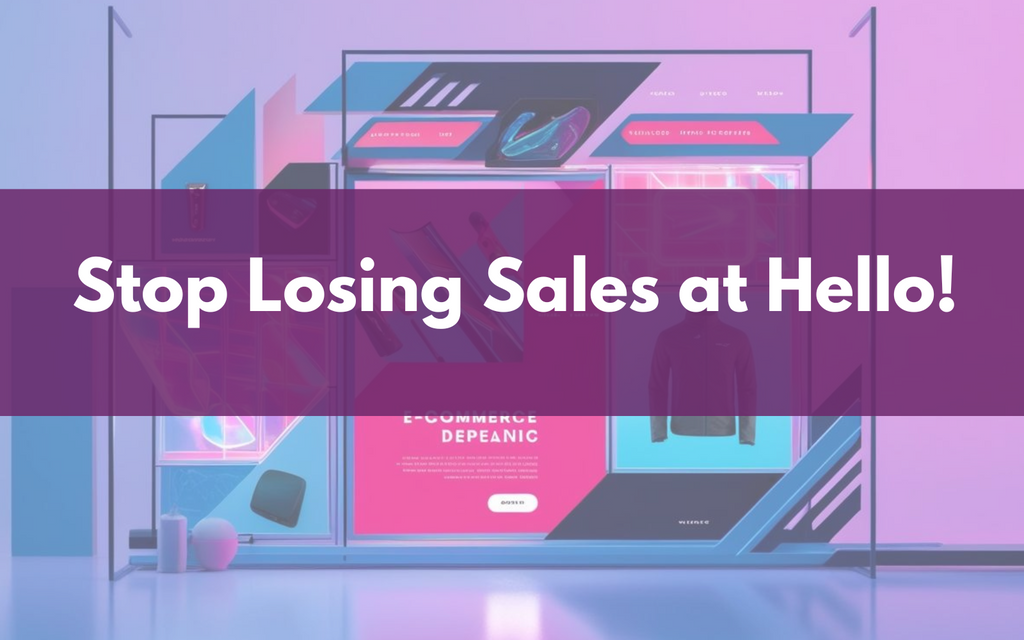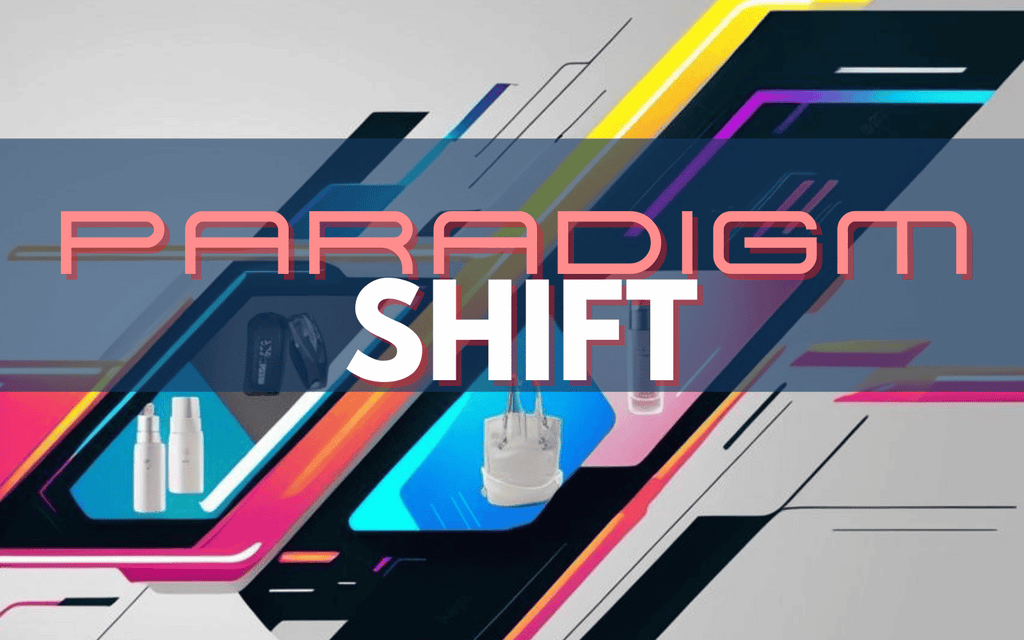Cumbre de comercio electrónico virtual 2020 AGENDA
SÁBADO - 10 DE ABRIL
10:00 CST
BIENVENIDOS
Veronica Jeans (entrenadora de comercio electrónico y autora de bestsellers) y Tim Sohn (productor virtual y director extraordinario)
BIENVENIDOS
Veronica Jeans (entrenadora de comercio electrónico y autora de bestsellers) y Tim Sohn (productor virtual y director extraordinario)
10:10 AM - 10:40 AM CST
Descubra los secretos para usar Instagram Shopping para VENDER sus productos
Anita Wong - Experta en Instagram y YouTube
Descubra los secretos para usar Instagram Shopping para VENDER sus productos
Anita Wong - Experta en Instagram y YouTube
10:40 - 11:20 CST
Contratación de un VA 101
Amanda Jeans - Amanda Jeans & Co
Contratación de un VA 101
Amanda Jeans - Amanda Jeans & Co
11:20 - 11:50 CST
Cómo utilizar el marketing omnicanal para impulsar la retención de clientes
Amit Metha - Gerente de asociación de Omnisend
11:50 - 12:20 CST
Conozca sus números - Impuesto sobre las ventas en los EE. UU.
Amy Debusk Monroe - Yogui del impuesto sobre las ventas
Conozca sus números - Impuesto sobre las ventas en los EE. UU.
Amy Debusk Monroe - Yogui del impuesto sobre las ventas
12:20 p. m. - 12:50 p. m. CST
Estrategia de redes sociales con IA
Arjun Rai - CEO de HelloWoofy
Estrategia de redes sociales con IA
Arjun Rai - CEO de HelloWoofy
12 : 5 0 PM - 1:35 PM CST
PANEL DE DISCUSIÓN
Propietarios de comercio electrónico: consejos y sugerencias
PANEL DE DISCUSIÓN
Propietarios de comercio electrónico: consejos y sugerencias
1:35 PM - 1:55 PM CST
Envío internacional y flete en EE. UU.: consejos y trampas
Seth Kornfeld - Envío InExpress y UPS
1 : 55 PM - 2:25 PM CST
Quickbook y Shopify
Liz Scott - Asesora profesional QBO
Quickbook y Shopify
Liz Scott - Asesora profesional QBO
14:30 CST
REDES
Red con los oradores y propietarios de Shopify
REDES
Red con los oradores y propietarios de Shopify
DOMINGO - 11 DE ABRIL
10:00 a. m. - 10:10 a. m. CST
BIENVENIDOS
Veronica Jeans (entrenadora de comercio electrónico y autora de bestsellers) y Tim Sohn (productor virtual y director extraordinario)
BIENVENIDOS
Veronica Jeans (entrenadora de comercio electrónico y autora de bestsellers) y Tim Sohn (productor virtual y director extraordinario)
10:10 - 10:40 CST
Cómo utilizar Amazon Live para monetizar su tienda
cristiano Karasiewicz - Gerente de marketing de contenido en StreamYar
Cómo utilizar Amazon Live para monetizar su tienda
cristiano Karasiewicz - Gerente de marketing de contenido en StreamYar
10:40 - 11:20 a. m. CST
3 ideas de marketing por correo electrónico de comercio electrónico para obtener mejores resultados
Adam Moody - Estratega de marketing digital
1 1 : 2 0 AM - 1 2 : 35 p . m. CST
PANEL DE DISCUSIÓN
Propietarios de comercio electrónico: consejos y sugerencias
PANEL DE DISCUSIÓN
Propietarios de comercio electrónico: consejos y sugerencias
1 2 : 35 p. m. - 1:05 p. m. CST
Cómo y por qué usar video en vivo en LinkedIn
Brian Schulman - VoiceYourVibe, orador, entrenador de negocios
13:05 - 13:35 CST
Marca y embalaje
lindsay taylor - taylor imágenes
Marca y embalaje
lindsay taylor - taylor imágenes
13:35 - 14:05 CST
Cómo iniciar su tienda Shopify rápidamente y obtener clientes
Verónica Jeans
Cómo iniciar su tienda Shopify rápidamente y obtener clientes
Verónica Jeans
14:05 - 14:30 CST
¡ANUNCIANDO A NUESTROS GANADORES!
¡ANUNCIANDO A NUESTROS GANADORES!
Ecommerce Success Blogs

Stop Losing Sales at Hello - A No-BS Guide to Fixing Your Ecommerce Store's First Impression
Consider how people actually use your store's homepage.

What Successful Ecommerce Store Owners Need To Do Differently in 2025
The Future of E-commerce - A paradigm shift for e-commerce in 2025!


